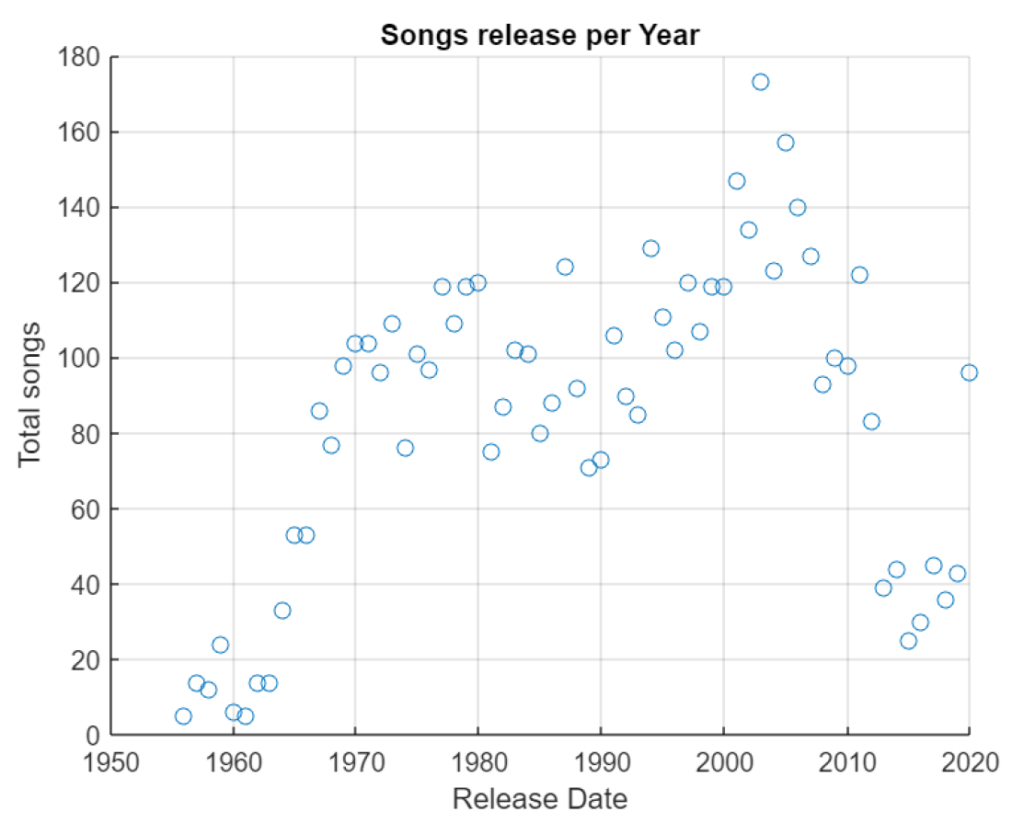Key Distinctions between Scientists and Engineer, to empower Data Analytics
Data analytics is a growing field, where data scientists and engineers are crucial for its success. Both roles involve working with data, but have distinct responsibilities. Science is more like research, while data engineering is more like development. The first analyze data to extract insights and make predictions, while data engineers design and maintain systems to enable data scientists to work with data.
Data scientists ask the right questions and find meaningful insights from data, while data engineers build and maintain the infrastructure. Engineering involves building the infrastructure to support data science, while data science involves using that infrastructure to extract insights to make data usable, while data science makes sense of it.
Both data scientists and data engineers have strong employment prospects. The demand for data scientists is projected to grow by 16% between 2020 and 2030, and for computer and information technology occupations, which include data engineers, by 11%. The increasing importance of data-driven decision making across industries means that the demand for both roles will continue to rise.
If you want to become a data engineer or data scientist, there are various educational paths to take. Many universities offer undergraduate and graduate programs in data science, computer science, or related fields. Additionally, various online courses and bootcamps offer training in data analytics, machine learning, and other relevant skills.
Data science and data engineering have vast and varied applications. In healthcare, data analytics improves patient outcomes and streamlines processes. In finance, data analytics detects fraud and predicts market trends. In retail, data analytics personalizes marketing campaigns and optimizes supply chain operations. Data science and data engineering drive innovation and create value across industries.
Conclusion
In conclusion, data scientists and data engineers are critical for data analytics success, with essential, distinct responsibilities. The demand for both roles will continue to increase, as data-driven decision making becomes more important. Pursuing a career in data analytics offers various educational paths and fields of application to explore.
Further resources
- “Python Data Science Handbook” by Jake VanderPlas: https://jakevdp.github.io/PythonDataScienceHandbook/
- “Data Science Essentials” by Microsoft: https://docs.microsoft.com/en-us/learn/paths/data-science-essentials/
- “Data Engineering Cookbook” by O’Reilly Media: https://www.oreilly.com/library/view/data-engineering-cookbook/9781492071424/
- “Data Science for Business” by Foster Provost and Tom Fawcett: https://www.amazon.com/Data-Science-Business-data-analytic-thinking/dp/1449361323
- “Data Engineering on Google Cloud Platform” by Google Cloud: https://cloud.google.com/solutions/data-engineering/
- “Applied Data Science with Python” by Coursera: https://www.coursera.org/specializations/data-science-python
